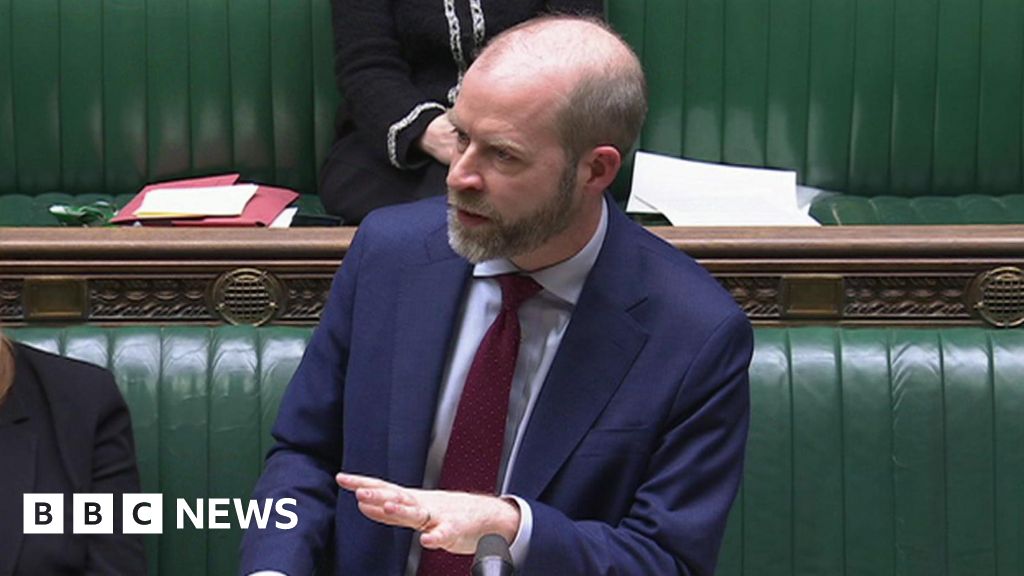
Mamunur Rashid/Shutterstock
The Hindu minority in Bangladesh experiences a precarious socio-political landscape shaped by structural violence and partisan dynamics. While their alignment with the Awami League (AL) demonstrates agency and strategic decision-making, it also exposes them to greater risks during periods of political upheaval. For instance, A total of 1,068 houses and business establishments belonging to minorities, mostly Hindus, were attacked following the fall of Sheikh Hasina on August 5, 2024, until August 20, 2024. Among these, at least 506 properties were owned by individuals affiliated with Awami League politics.
Robert Ted Gurr’s seminal works, Why Men Rebel and Minorities at Risk, offer valuable insights into how systemic deprivation, perceived threats, and grievances drive marginalized communities into cycles of vulnerability. However, Gurr’s framework often portrays minorities as passive victims of structural oppression, overlooking their agency and active roles in shaping their socio-political realities. For example, the experiences of the Hindu minority in Bangladesh illustrate a subtle narrative. Historically, the Hindu community has largely aligned itself politically with the AL, perceiving it as a secular alternative to Islamist ideologies. The AL’s rhetoric and policies often create a sense of security for Hindus which reinforces their loyalty. Yet, this alignment also exposes them to significant risks which can be noted as a paradox that reflects the complex ‘politics of minority’ identities. During political transitions or crises, Hindus in Bangladesh frequently face disproportionate violence, land dispossession, and social ostracism. Such acts are allegedly carried out by groups across the political spectrum, irrespective of their secular or religious tendencies. This recurring pattern highlights the precarious position of minorities, caught between opposing ideological forces – like being trapped between a crocodile and a snake.
In response, both government and non-government actors in Bangladesh adopt varied strategies to address these issues, often influenced by the dynamics of Hindu-majority India and its relationship with Bangladesh. These interconnected responses underscore the intricate and often paradoxical realities of minority politics in the region. Recent incidents following the mass upsurge of July-August further highlight the complexity and precariousness of this dynamic. For instance, the murder of a lawyer in Chattogram and the arrest of ISKCON leader Chandan Kumar Dhar (commonly known as Chinmoy Krishna Das) have escalated tensions. India has raised serious concerns about the treatment of minorities in Bangladesh, while Bangladesh has expressed alarm over its national flag being burned in Kolkata during protests related to these events. This case indicates that while the Awami League’s secular rhetoric offers a sense of security, it also exposes Hindus to potential backlash during political transitions or unrest.
This complexity emphasizes the need for an academic understanding of minority vulnerabilities which will consider both systemic factors and their agency politics in shaping their own destinies. This paradox allegedly illustrates their precariousness due to partisan ties for Hindu minorities. While their predominant alignment with the AL offers protection, it also exacerbates exposure to backlash from opposition parties or during episodes of political unrest. Post-election violence frequently underscores this dynamic, as Hindus become scapegoats for broader political tensions. Because, Hindus are often subjectively observed casting their votes predominantly for the Awami League, symbolized by the “boat.” This consistent voting pattern has become a point of satirical commentary in political discourse. However, this phenomenon is not unique to Bangladesh. Globally, marginalized groups often form political affiliations to seek visibility or protection. For instance, in India, Muslims are often perceived as aligning with the Congress Party rather than the BJP, primarily for reasons similar to those seen in Bangladesh. This perception fosters mistrust and exclusion within the Hindu-majority narrative which further deepens communal divides and perpetuating cycles of tension and marginalization.
Historically, the legacy of partition adds complexity to these dynamics. The 1947 partition, envisioned as a solution to potential religious conflict which instead institutionalized divisions leaving Hindu minorities in Bangladesh (then East Pakistan) and Muslims in India permanently vulnerable. The idea that partition resolved communal tensions is more accurately a fallacy rooted in the politics of religion. Rather than alleviating conflict, it entrenched divisions and perpetuated cycles of violence and mistrust between communities, effects that persist to this day. In Bangladesh, the Hindu community’s alignment with the Awami League (AL) reflects a strategic exercise of agency but also exposes deep structural vulnerabilities. For instance, land grabbing by politically connected individuals, often facilitated by the controversial Vested Property Act, disproportionately affects Hindus in Bangladesh, regardless of which political party is in power. This practice strips many of them to seek refuge across borders – mostly in India.
The socio-political landscape, shaped by divisive narratives and majoritarian dominance, arguably instrumentalizes religious identity for political gains. This dynamic not only perpetuates communal tensions but also deepens the cycle of violence and marginalization that the Hindus face in Bangladesh and Muslims in India. However, addressing these vulnerabilities, especially in Bangladesh, requires to adopt an inclusive national identity that transcends the binary of secularism versus Islamist ideologies. For instance, a pluralistic framework that recognizes the diverse contributions of all communities and upholds the rights of every citizen is essential. A robust legal framework is crucial to safeguarding Hindus including other minority rights. There should a national consensus based on that the respective governments must ensure the strict enforcement of rule of law against communal violence, land grabbing, and discrimination. From a local perspective, political parties must refrain from instrumentalizing religious identities for electoral and political gains.
A bipartisan agreement between the majoritarian entities to protect minority communities, irrespective of the ruling party, is crucial. This could take the form of a national charter on minority rights, ensuring that minorities are not scapegoated during any political crises or transitions. Empowering Hindu communities at the grassroots level can enhance resilience and reduce blind reliance on entrapped partisan affiliations. Interfaith dialogue and cultural coexistence initiatives are also essential for countering any such divisive narratives. Educational curricula must emphasize the shared history and contributions of all religious communities to foster unity among future generations. Broadly, an inclusive national identity requires reconciling the divide between secular and Islamist ideologies that dominate Bangladeshi politics. This effort must focus on crafting a unifying narrative that respects religious values while upholding principles of equality and pluralism. National leaders, civil society organizations, and religious institutions should collaborate to foster a vision of unity and coexistence that transcends political and ideological divides. Most importantly, establishing a Minority Rights Commission can provide a focused mechanism for addressing grievances and ensuring timely justice.
From a regional perspective, given the historical and cultural ties between India and Bangladesh, cross-border collaboration on minority issues can provide a broader framework for addressing shared challenges. Bilateral efforts, e.g., expanding people to people diplomacy, to combat communal violence, share best practices, and regulate cross-border migration could enhance regional stability and minority safety. India and Bangladesh must work together to counter hate speech, disinformation, and propaganda that even today fueling communal tensions between the nations.
Addressing these challenges requires a comprehensive approach, including legal reforms, structural protections, and cultural initiatives that foster inclusivity and resilience. Bangladesh’s rich history and diverse societal fabric necessitate a shift away from divisive politics toward a framework that prioritizes fair competition and mutual respect. Tackling the root causes of minority vulnerabilities is essential for fostering sustainable development. Only through such concerted efforts can the current interim government lay the foundation for an expected future marked by dignity, security, and active participation of all citizens in shaping the nation’s destiny.
Further Reading on E-International Relations
About The Author(s)
Dr. Sazzad Siddiqui is an Associate Professor and the Acting Chairman of the Department of Peace and Conflict Studies at the University of Dhaka. He holds an MPhil from the University of Bergen, Norway, and a PhD in Hybrid Peacebuilding from the University of New England, Australia.
Before you download your free e-book, please consider donating to support open access publishing.
E-IR is an independent non-profit publisher run by an all volunteer team. Your donations allow us to invest in new open access titles and pay our bandwidth bills to ensure we keep our existing titles free to view. Any amount, in any currency, is appreciated. Many thanks!
Donations are voluntary and not required to download the e-book - your link to download is below.

 Movie
Movie 3 months ago
61
3 months ago
61 






![Presidents Day Weekend Car Sales [2021 Edition] Presidents Day Weekend Car Sales [2021 Edition]](https://www.findthebestcarprice.com/wp-content/uploads/Presidents-Day-Weekend-car-sales.jpg)



 English (United States)
English (United States)